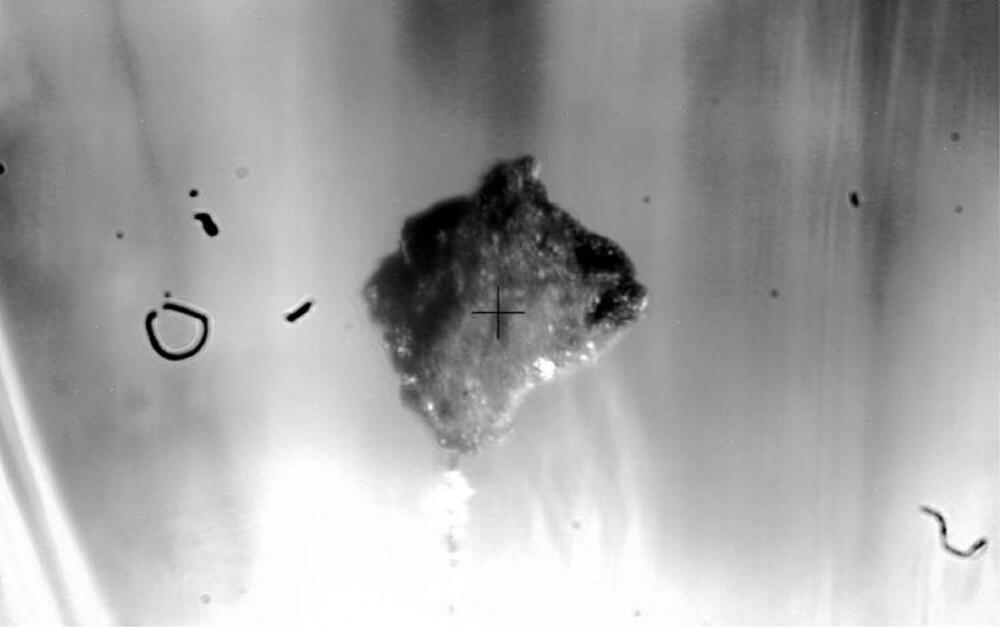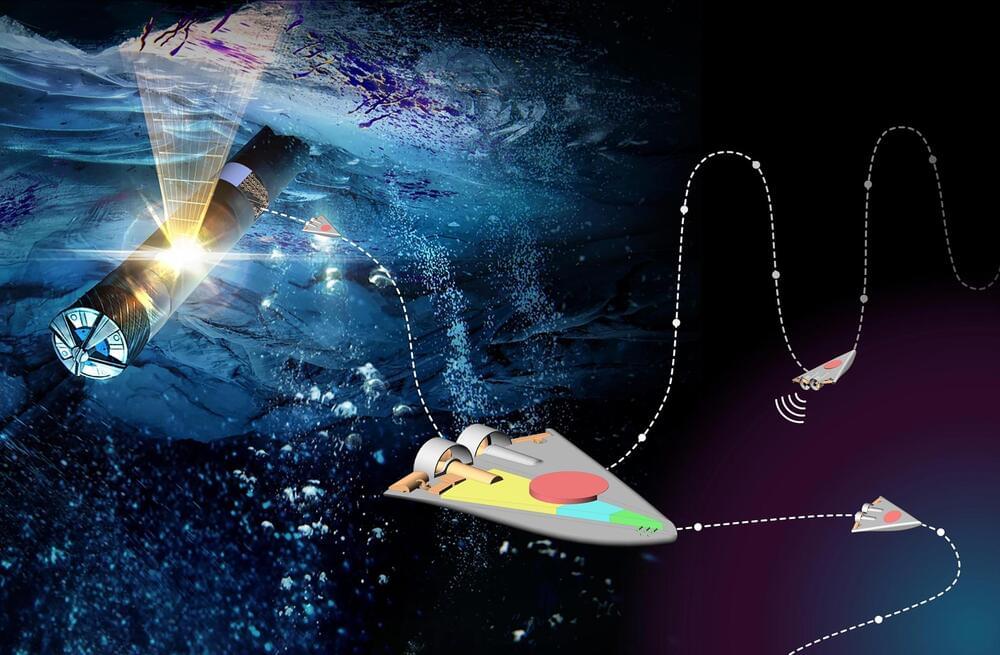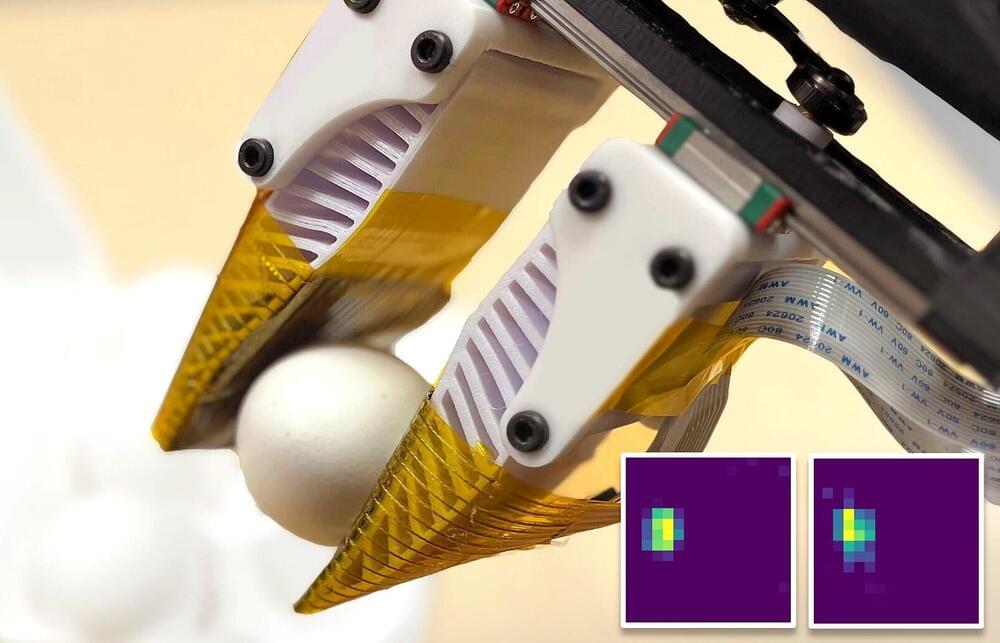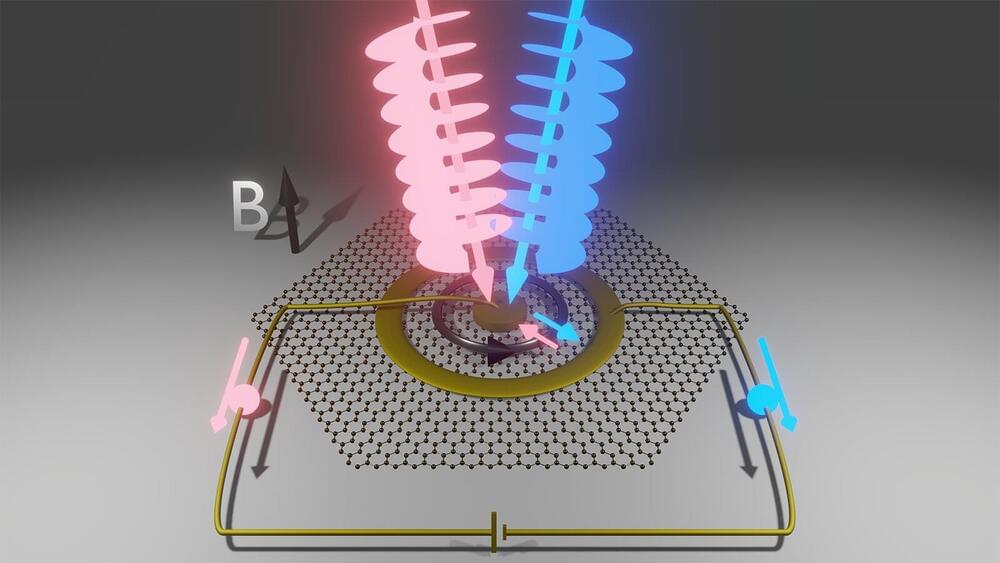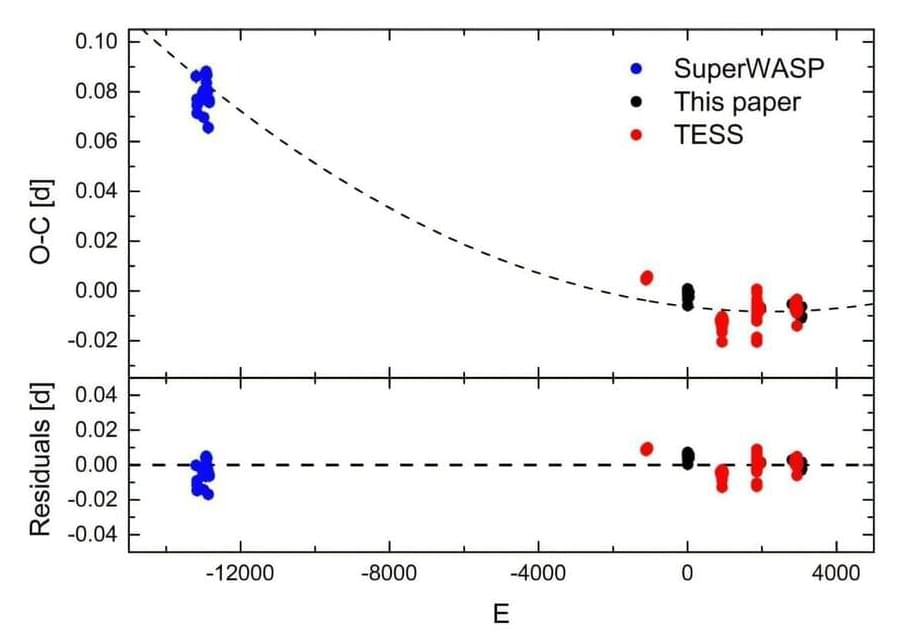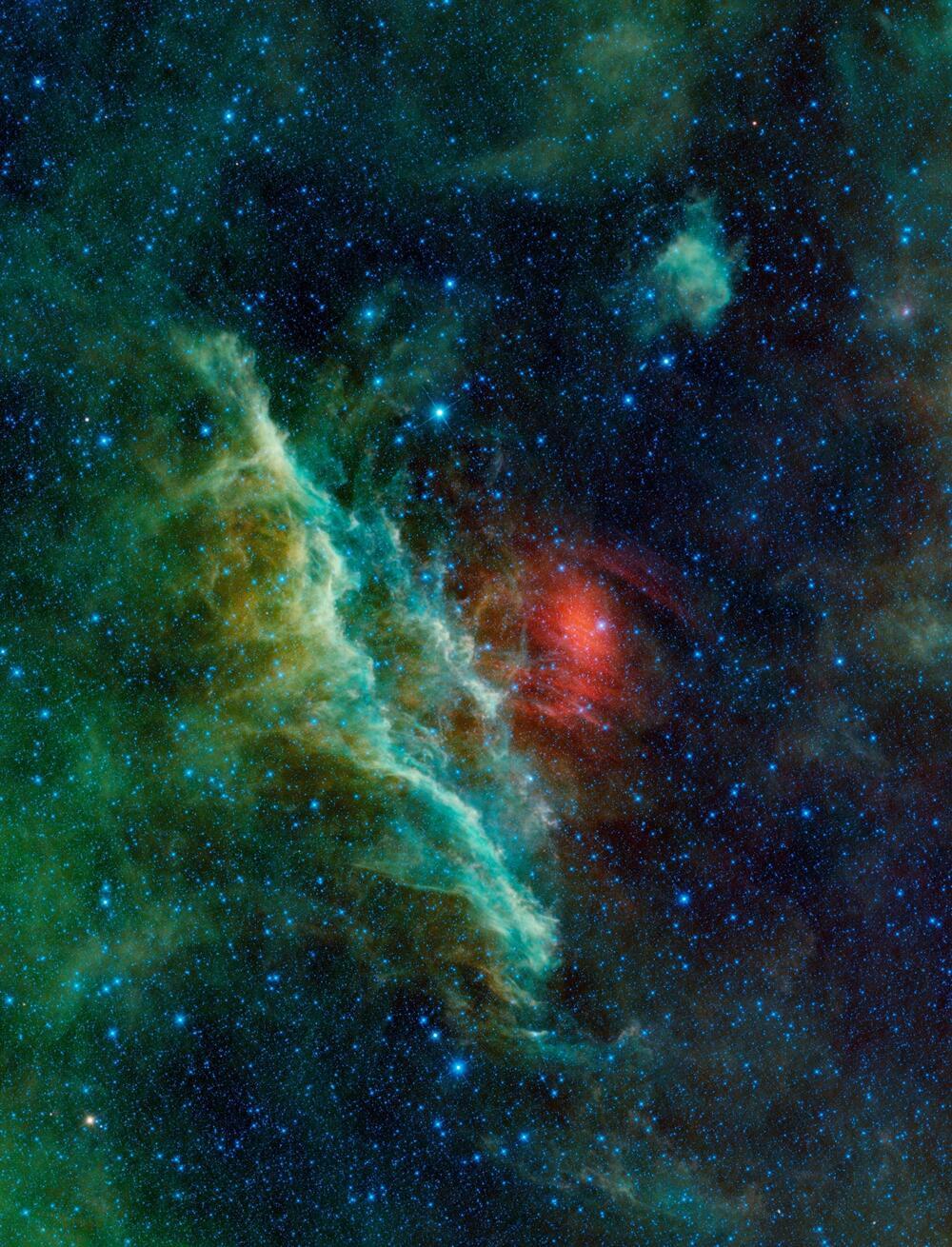Nov 27, 2024
Cracking the Code of Copper Superconductors With Supercomputers
Posted by Saúl Morales Rodriguéz in categories: particle physics, supercomputing
Recent studies using advanced supercomputing have focused on the dynamics within copper-based superconductors, aiming to develop materials that are efficient at higher temperatures and could improve electronic devices significantly.
Over the past 35 years, scientists have been studying a remarkable class of materials known as superconductors. When cooled to specific temperatures, these materials allow electricity to flow without any resistance.
A research team utilizing the Summit supercomputer has been delving into the behavior of these superconductors, particularly focusing on how negatively charged particles interact with the smallest units of light within the material. This interaction triggers sudden and dramatic changes in the material’s properties and holds the key to understanding how certain copper-based superconductors function.



